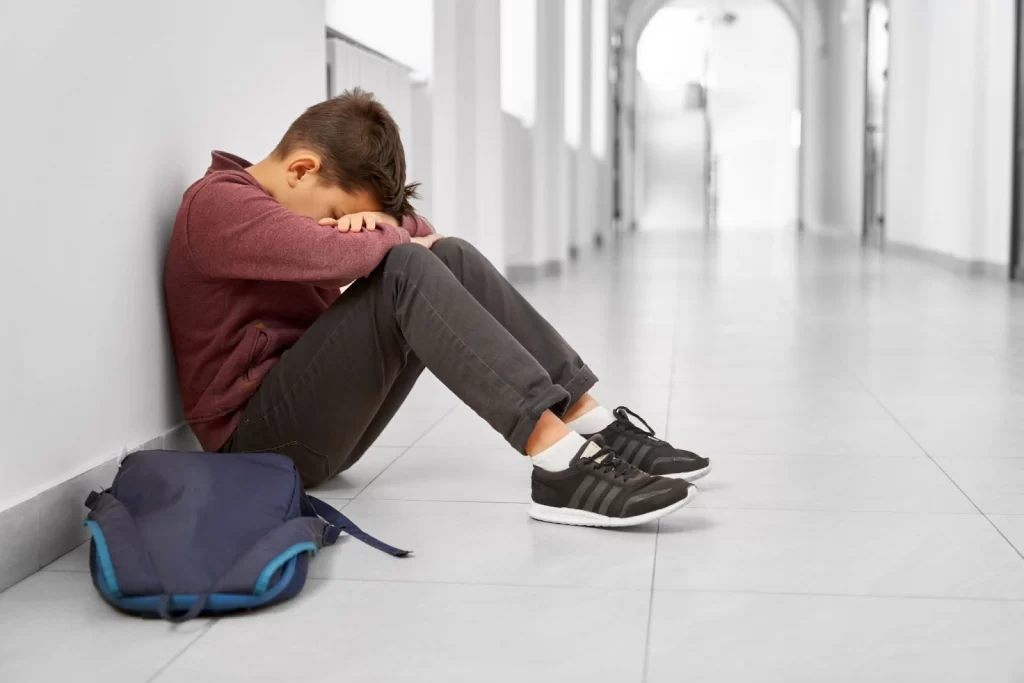Anxiety is one of humans’ emotions characterised by feelings of fear, dread, and uneasiness. Experiencing all of these feelings occasionally is normal. But when it’s constant and excessive, it becomes an anxiety disorder. Social Anxiety disorder can be experienced by anyone including adolescents. A collaboration study named Indonesia-National Adolescent Mental Health Survey (I-NAMHS) showed that anxiety disorder is the most common mental disorder among teenagers 10-17 years old in Indonesia.
As they transition to the next life stage, those in their teenage years face new challenges and new experiences which may increase the risk for having social anxiety disorder. Social Anxiety Disorder (SAD) or Social Phobia is an anxiety disorder characterised by overwhelming anxiety and excessive self-consciousness in everyday social situations. It’s about ongoing and pervasive fear of social interaction or situations where embarrassment might occur.
Let’s see what signs of a teenager struggling with social phobia.
- Feels uncomfortable meeting new people
- Difficult to make friends and maintain relationships
- Avoids or worries for long periods of time before a public or social events
- Fear of being judged by others
- Experiences physical discomfort: rigid body posture, shaking, sweating, or their heart pounding in social situations.
Social phobia can happen because of genetics. Studies on twins have shown that there may be a genetic component to anxiety and depression expressed as hereditary traits. Other common factors are low self esteem and environmental stress or trauma. Teenagers are working extremely hard to live up to the daily pressures they face in school, within their community, and at home. They might be struggling to fit in and navigate the complex world around them. If your child displays signs of social anxiety, check out these at-home treatment options.
Discuss and embrace discomfort
Talk to your teen about what they feel when they are in social situations. Acknowledge their feelings and ask them to embrace it. In order to manage their fears and develop confidence, teens with SAD should learn to stop avoiding things which make them anxious.
Stepwise expose to social situations
Although it may be tempting to shelter and protect your teen, don’t let them avoid their triggers. Set the goals at your teen’s pace. Start off with small and achievable goals such as joining a club or making a new friend. Stepwise exposure to social situations allows them to build confidence and develop their social skills. Also, remember that every step merits praise. It might be simple for others, but a big deal for your teen.
Reflection of fear
When they manage to face anxiety-trigger situations, help them to reflect on their fear about it. You could ask them “Was your fear of the situation accurate?”, “Was there something wrong?”, “Now, how do you feel about it?”.
Get school on board
Working together with school also helps to overcome your teen’s social anxiety. Discuss with teachers and school counsellors to find helpful ways regarding your teen’s academic and social training skills.









